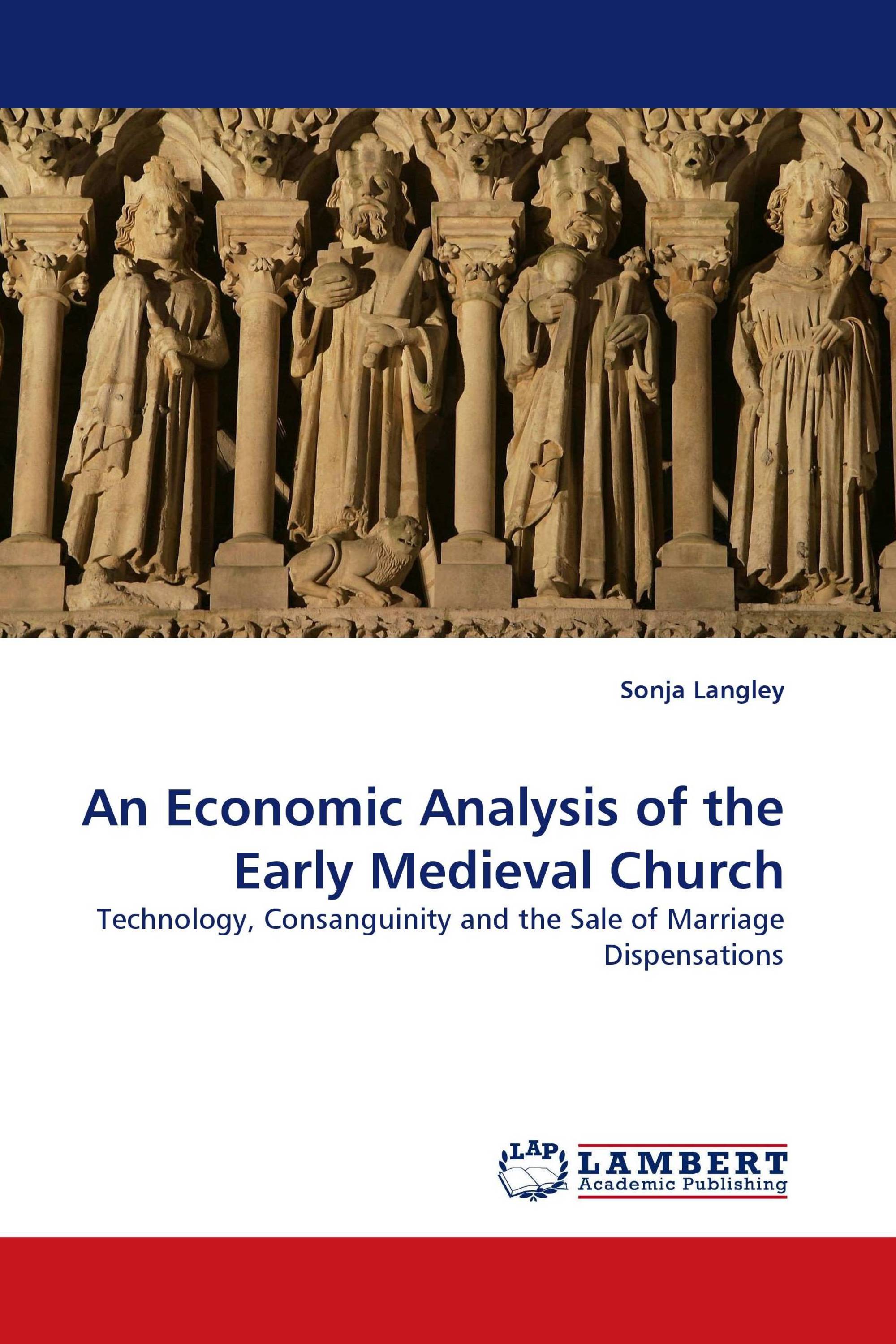An Economic Analysis of the Early Medieval Church
Technology, Consanguinity and the Sale of Marriage Dispensations
LAP Lambert Academic Publishing ( 2010-05-22 )
€ 79,00
Having been described as a rent-seeking monopoly firm, the Church of the High Middle Ages spent a thousand years reaching its pinnacle of power. Over this period, as this fledgling religion took root throughout Europe, the Early Medieval Church saw political, social, economic and institutional factors slowly evolve in her favor. Controlling the acceptance and dissemination of technology, the Early Medieval Church may have utilized her imposition of consanguinity rules as a means of controlling the growth rate of her adherents. A protracted conversion process and the persistence of paganism may have been a primary motive for controlling population growth. In addition, the sale of marriage dispensations within the forbidden degrees of kinship served as a revenue source. This revenue source could have been used to offset the cost of rearing the offspring resulting from consanguineous unions as these chidlren were often abandoned to the Church. Although presented in an economic framework, this analysis can be appreciated by all readers who enjoy the early medieval period, and the history of Europe and the Catholic Church.
Book Details: |
|
|
ISBN-13: |
978-3-8383-1754-0 |
|
ISBN-10: |
3838317548 |
|
EAN: |
9783838317540 |
|
Book language: |
English |
|
By (author) : |
Sonja Langley |
|
Number of pages: |
248 |
|
Published on: |
2010-05-22 |
|
Category: |
Economics |




